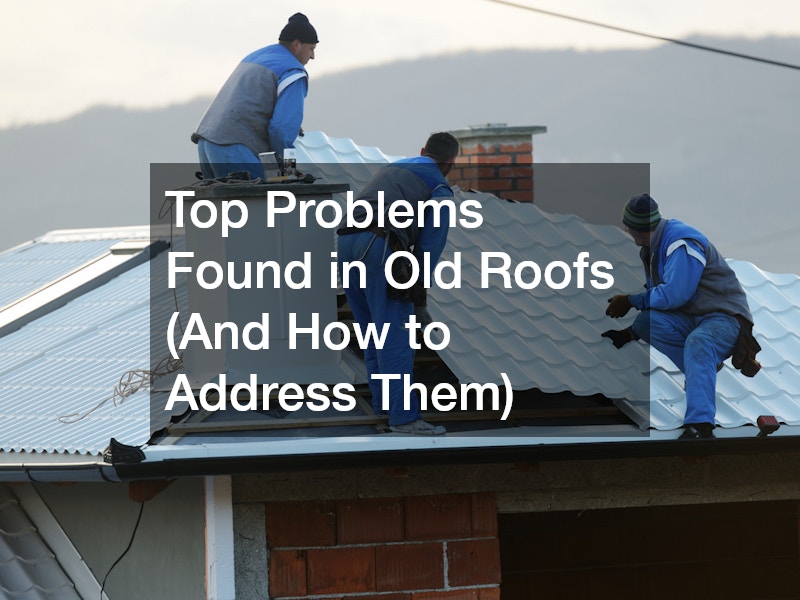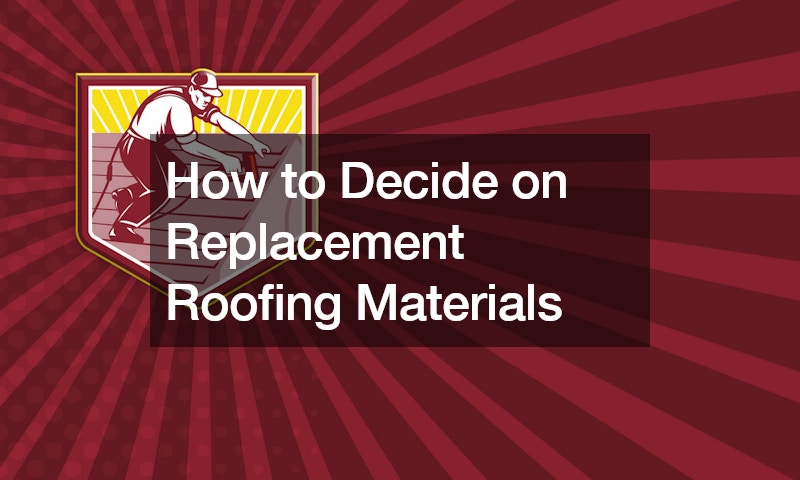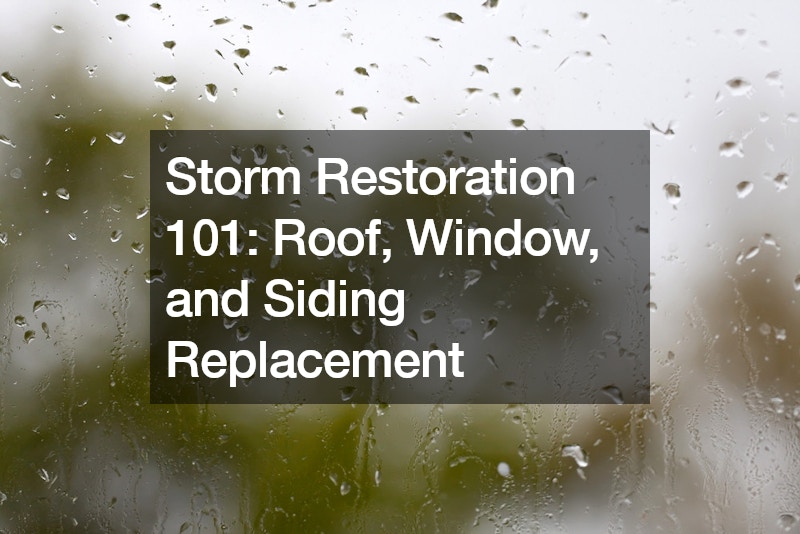Your roof is one of the most important parts of your home — it protects you from the elements, insulates your living space, and keeps everything below it safe and dry. Over time, however, even the best-constructed roof begins to show its age. Old roofs, in particular, can develop a range of problems that, if left unchecked, may lead to significant damage and costly repairs.
Many homeowners underestimate how quickly small issues can escalate. A minor leak in an old roof might seem harmless, but it can result in water damage, mold, and structural problems. That’s why it’s crucial to know the signs of trouble and work with roofing companies or a local roofing company before it’s too late. Professional roof repairs or even a full roof replacement service can save you money and headaches down the road.
In this guide, we’ll explore the top problems you’re likely to encounter with old roofs and explain how to address each one effectively. Whether you’re dealing with missing shingles, poor ventilation, blocked gutters, or pest invasions, understanding these issues will help you make informed decisions — and know when it’s time to call in roofing contractors or local roofers for help.
What Are the Signs of a Potential Leak in My Old Roof?

One of the most common problems with old roofs is leaks. Knowing what to look for can help you act quickly and minimize damage.
Stains and Discoloration
Water stains or dark patches on your ceilings or walls often indicate a leak. These may appear as yellowish-brown spots that gradually expand. Local roof repair professionals can pinpoint the source of the leak and recommend the best solution.
Mold and Mildew Growth
If you notice mold or mildew on your walls, ceilings, or attic space, it could be a sign that water is seeping through your roof. Roofing companies often find that poor attic ventilation combined with a leak encourages mold growth.
Watermarks on Ceilings or Walls
Watermarks, especially after heavy rain, are clear indicators of trouble. A roofer can help assess the extent of the damage and decide if roof repairs or even roof installation are necessary.
How Can I Tell if Shingles Are Damaged or Missing?
Shingles protect your home from the elements, but old roofs often suffer from damaged or missing shingles.
Curling or Buckling Shingles
Shingles that curl upward or buckle are more than just unsightly — they can no longer effectively shed water, leaving your home vulnerable. A roofing company can replace individual shingles or recommend a roof replacement service if the damage is widespread.
Granule Loss and Bare Spots
As shingles age, they lose the granules that protect them from UV rays. Look for granules in your gutters or on the ground after a storm. Local roofers can inspect the extent of granule loss and advise you on repairs.
Visible Cracks and Breaks
Cracked shingles are common in old roofs, especially after exposure to wind and hail. Local roofing companies have the expertise to replace broken shingles before they lead to leaks.
Is My Roof Ventilation Adequate?
Ventilation is a critical but often overlooked aspect of roofing. Without proper airflow, heat and moisture can build up in the attic, leading to significant damage over time. Poor ventilation can shorten the life of old roofs and compromise your home’s energy efficiency and comfort levels.
Signs of Poor Ventilation
If your attic is excessively hot in summer, especially when compared to the outside temperature, or you notice moisture buildup, condensation, or even a musty smell, it could mean your roof isn’t ventilating properly. Other warning signs include warped wood in the attic and unusually high energy bills from overworked cooling systems.
Impact of Improper Ventilation
Without adequate ventilation, trapped heat and moisture can damage your roof’s structure, insulation, and even cause shingles to deteriorate prematurely. Mold and mildew growth inside your attic may also result, creating potential health hazards. Roofing contractors can assess your attic, identify areas of poor airflow, and recommend improvements that can help protect your old roof.
Solutions for Improving Roof Ventilation
Adding ridge vents, soffit vents, or attic fans are common ways to improve airflow and extend the life of your roof. Professionals can also install baffles to prevent insulation from blocking airflow in the eaves. Your local roofing company can handle the installation safely and efficiently, ensuring your old roof can “breathe” again and continue protecting your home.
Are There Issues With My Flashing?
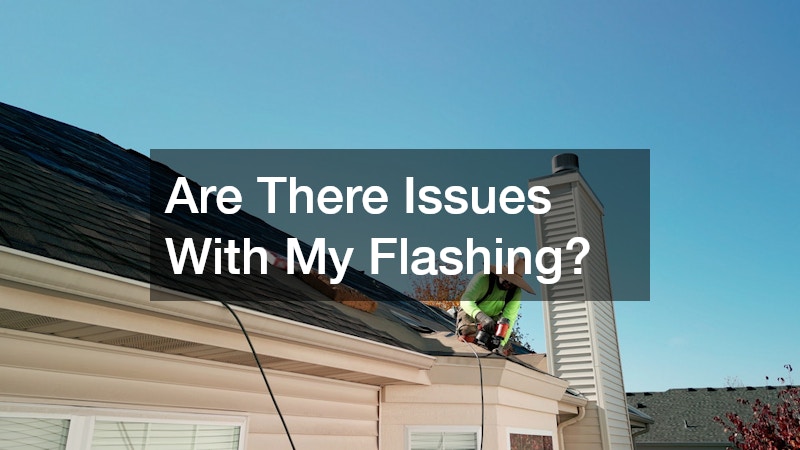
Flashing seals critical areas where the roof meets walls, chimneys, or other structures, preventing water intrusion. In old roofs, flashing often becomes loose, corroded, or even completely detached, allowing water to penetrate the roof deck and cause interior damage.
Common Problems With Flashing
Cracked, rusted, or improperly installed flashing lets water seep in and erode your home’s structure. You may also find flashing that has shifted out of place after years of wind and weather exposure. In some cases, sections of flashing may be missing entirely, leaving vulnerable gaps.
Inspecting and Maintaining Flashing
Regular inspections by roofing companies can catch flashing issues before they cause serious damage. Look for gaps, rust, dents, or water stains around skylights, chimneys, roof valleys, and vent pipes. A proactive approach ensures your flashing remains intact and functional.
Repairing or Replacing Faulty Flashing
Roof repairs involving flashing usually mean removing the old, damaged material and installing new, weather-resistant flashing designed to withstand years of use. Roofing contractors also use high-quality sealants to reinforce problem areas, protecting your old roof from leaks and prolonging its lifespan.
How Do Age and Weather Affect Roof Effectiveness?
Over the years, roofs endure countless cycles of sun, rain, wind, and snow, which inevitably wear down materials and reduce performance. Old roofs are particularly vulnerable to these natural forces, which can accelerate their deterioration if left unaddressed.
Effects of UV Rays and Weather Extremes
Sunlight can dry out and weaken roofing materials, causing them to become brittle and prone to cracking. Hail, high winds, and freeze-thaw cycles further stress the structure, loosening shingles and creating entry points for water.
Age-Related Deterioration
Old roofs naturally lose their strength over time, with materials becoming less effective at shedding water and resisting damage. Asphalt shingles may dry out and curl, while wood shakes can rot or split, leaving your home exposed to the elements.
Preventive Measures to Extend Roof Life
Roofing contractors recommend annual inspections, ensuring proper ventilation, timely roof repairs, and removing debris from the roof and gutters to extend its life. Investing in routine maintenance can help you delay the need for a full replacement and preserve the integrity of your old roof.
What Problems Are Caused by Blocked Gutters?
Gutters play a critical role in channeling water away from your home’s foundation, but blocked gutters can lead to serious issues that affect both your roof and the rest of your property.
Water Damage and Leaks
Clogged gutters cause water to back up under shingles, saturate the roof deck, and lead to leaks inside your home. Prolonged water exposure can even cause wood rot and structural damage.
Ice Dams and Related Hazards
In cold climates, blocked gutters contribute to ice dams, which put added strain on old roofs and may cause shingles to lift or crack. Ice dams also allow melted water to seep under roofing materials, leading to interior damage.
Regular Cleaning and Maintenance Tips
Hire local roofers or tackle it yourself by cleaning your gutters at least twice a year — typically in spring and fall — and more often if your property is surrounded by trees. Installing gutter guards can also help reduce debris buildup and make maintenance easier.
Can Pest Infestations Affect My Roof’s Integrity?
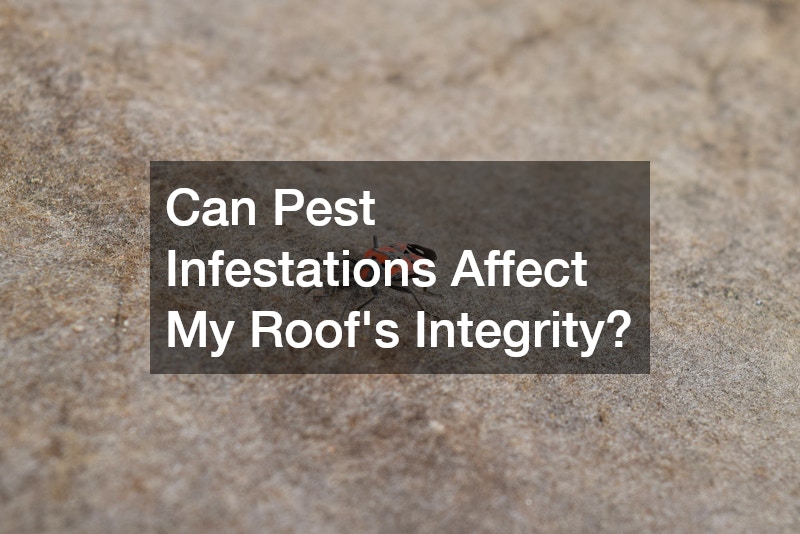
Animals and insects can cause surprisingly extensive damage to old roofs, turning your attic into their home and creating costly repairs.
Common Pests That Target Roofs
Squirrels, raccoons, birds, bats, and even insects like termites or carpenter ants can nest in or chew through roofing materials, undermining the integrity of your home.
Signs of Pest Activity
Look for droppings, gnawed wood, torn insulation, nesting materials in your attic, or unusual sounds coming from above. Shingles or vents that appear disturbed may also signal pest activity.
Preventive and Remedial Actions
Roofing companies recommend sealing gaps, installing mesh over vents, and trimming tree branches that provide access to your roof. Local roofing companies can also repair damage caused by pests, such as replacing chewed shingles or sealing holes in the roof deck.
How Does Moss or Algae Growth Impact My Roof?
Moss and algae may seem harmless or merely cosmetic, but they can damage old roofs if left unchecked, leading to moisture retention and accelerated wear.
Identifying Moss and Algae Issues
Moss appears as thick, green clumps that grow between shingles, while algae usually shows up as dark, streaky stains running down the roof. Both thrive in damp, shaded areas.
Consequences of Leaving Growth Unchecked
Moss retains moisture against the shingles, which can cause them to deteriorate faster, loosen, or even fall off. Algae can also weaken the roof’s structure and reduce its ability to reflect heat, making your home less energy efficient.
Effective Removal and Cleaning Methods
Local roofing companies use gentle, roof-safe cleaning solutions and low-pressure washing methods to remove moss and algae without damaging shingles. Preventive treatments and zinc or copper strips can also help discourage future growth.
Is My Roof Insulation Up to Standard?
Good insulation is essential to energy efficiency, preventing heat loss in winter and keeping your home cool in summer — and it also protects your roof by reducing strain on the materials.
Indicators of Poor Insulation
If you notice drafts, uneven temperatures throughout your home, or higher-than-usual energy bills, it could indicate insufficient insulation. Ice dams on your roof in winter can also signal insulation problems.
Effects on Energy Efficiency
Without adequate insulation, your home loses heat in winter and traps it in summer, which not only makes your HVAC system work harder but also shortens the lifespan of old roofs due to increased temperature fluctuations.
Upgrading Insulation for Better Performance
A local roofing company or roofer can evaluate your attic insulation and recommend improvements. Adding additional layers or upgrading to modern, energy-efficient materials can save money and protect your roof over the long term.
How Often Should I Inspect and Maintain My Roof?
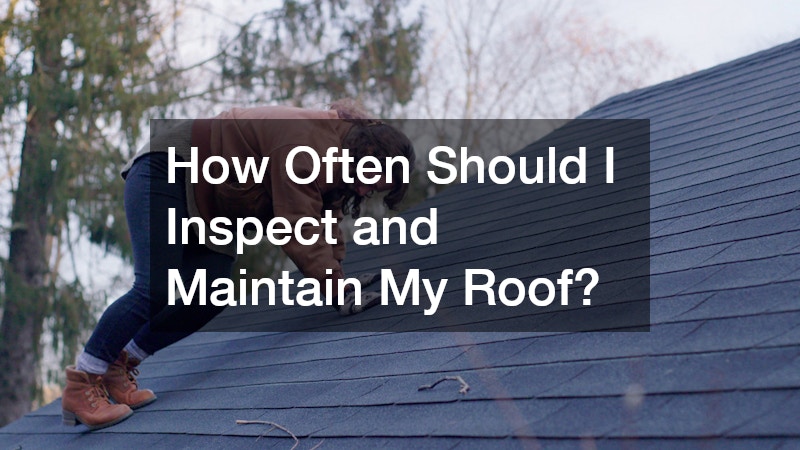
Regular inspections help catch small problems before they escalate into larger, more expensive repairs. Even old roofs can last longer with diligent care.
Recommended Inspection Intervals
Most roofing contractors suggest inspecting your roof at least twice a year — in spring and fall — and after major storms or extreme weather events to catch any damage early.
DIY Inspection Tips
Look for damaged or missing shingles, debris buildup in gutters, cracked flashing, and signs of water infiltration inside the attic. Use binoculars for a closer look from the ground to avoid unnecessary risk.
When to Call a Professional Roofer
If you notice significant damage, suspect hidden problems, or are unsure of what you’re seeing, it’s time to contact local roofing companies. Professionals can provide a thorough assessment, recommend roof repairs, or advise you on whether roof installation or a roof replacement service is necessary.
Conclusion
Old roofs demand regular attention and care to stay functional and safe. By understanding the common issues they face — from leaks and missing shingles to poor ventilation, blocked gutters, and pest infestations — you can take proactive steps to protect your home. Timely maintenance, regular inspections, and repairs performed by professional roofing companies or local roofers can extend the life of your roof and help you avoid costly emergencies.
If you’re unsure about your roof’s condition, don’t hesitate to reach out to a local roofing company or roofing contractors who can inspect it thoroughly. Whether it’s a simple roof repair, a full roof replacement service, or upgrading your insulation and ventilation, professionals can guide you toward the right solutions.
Remember: old roofs may have character, but they shouldn’t compromise your home’s safety and comfort. Taking action today can save you from major headaches tomorrow — and ensure your home remains a secure, welcoming place for years to come.

